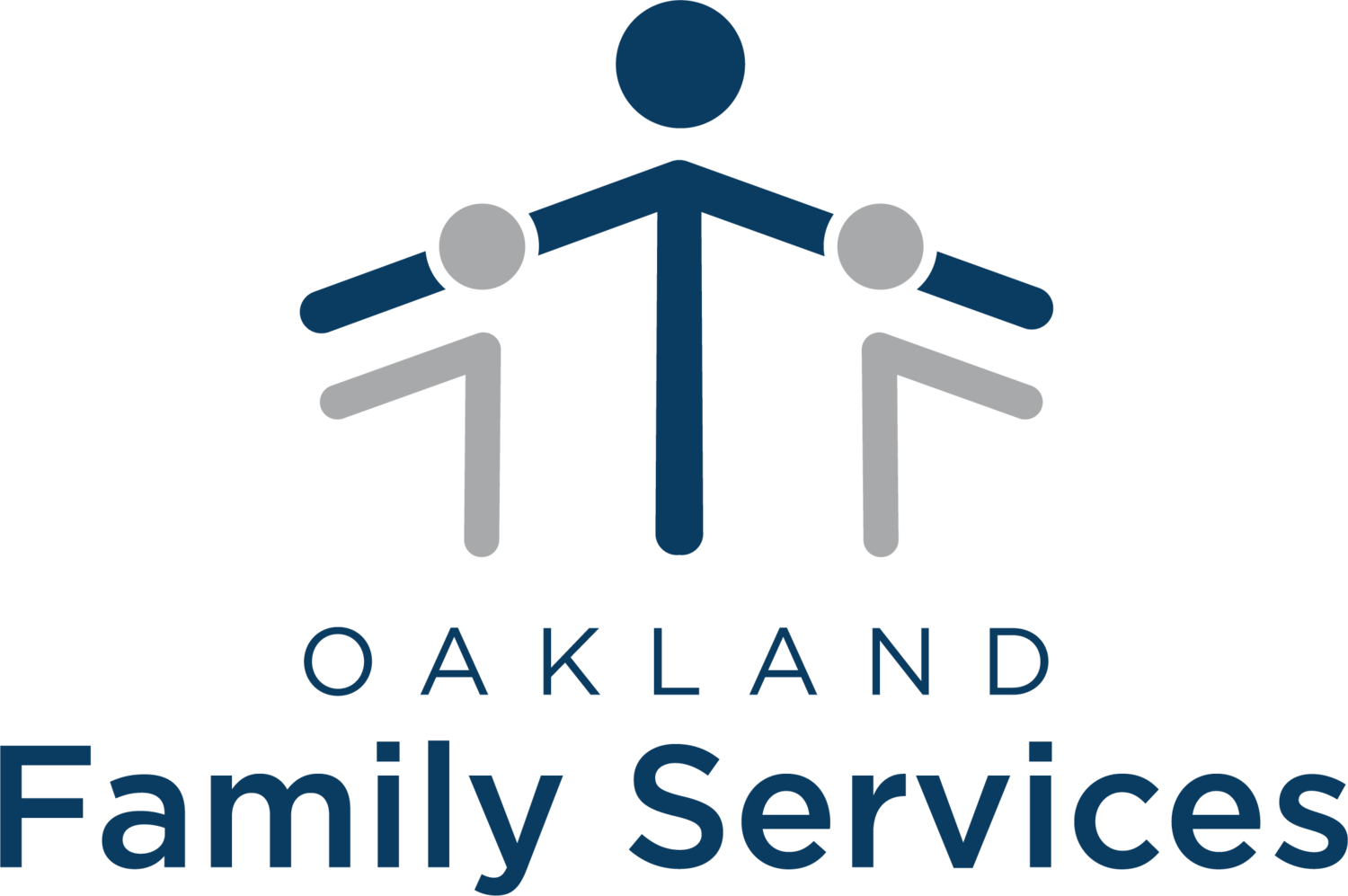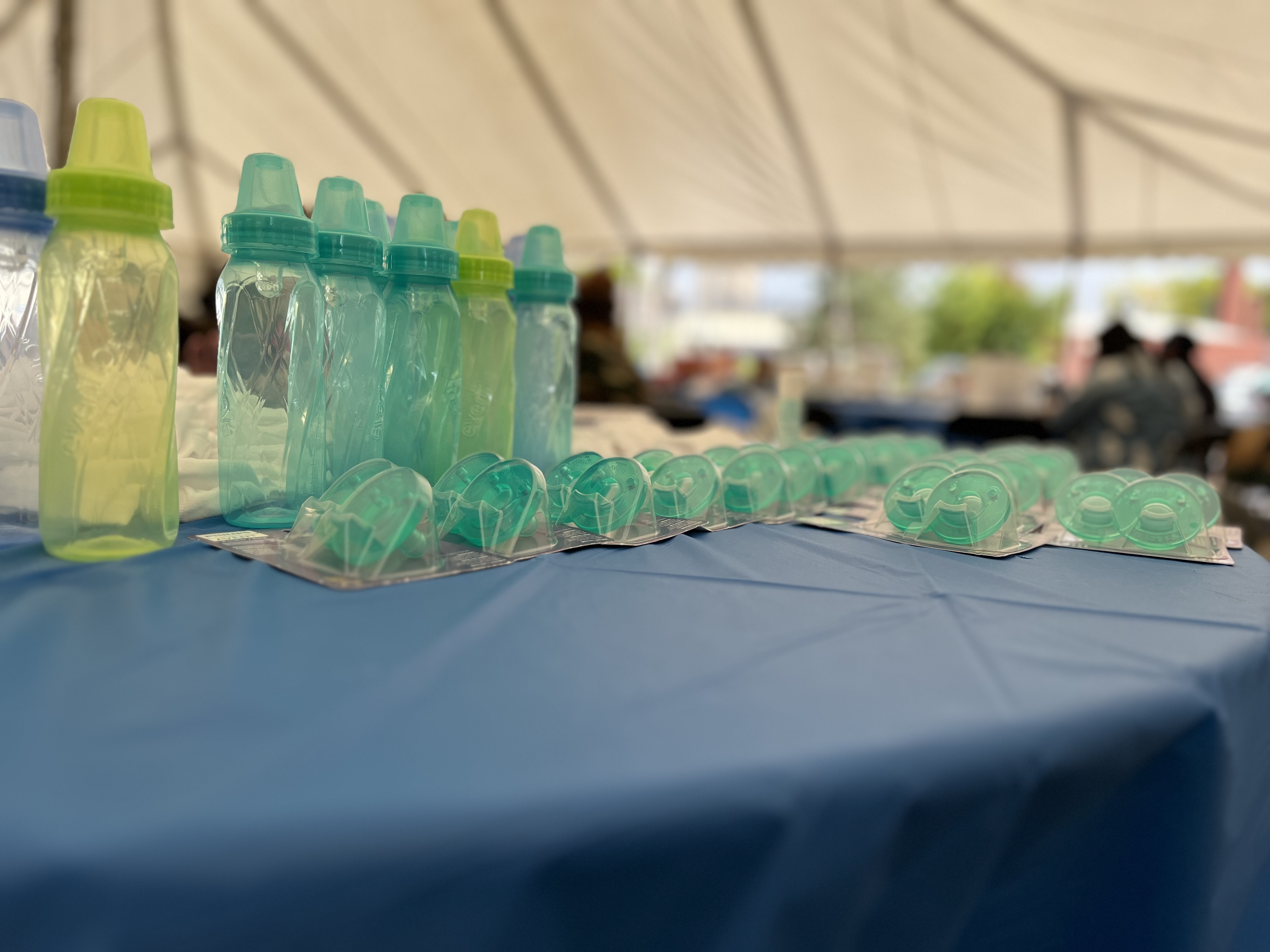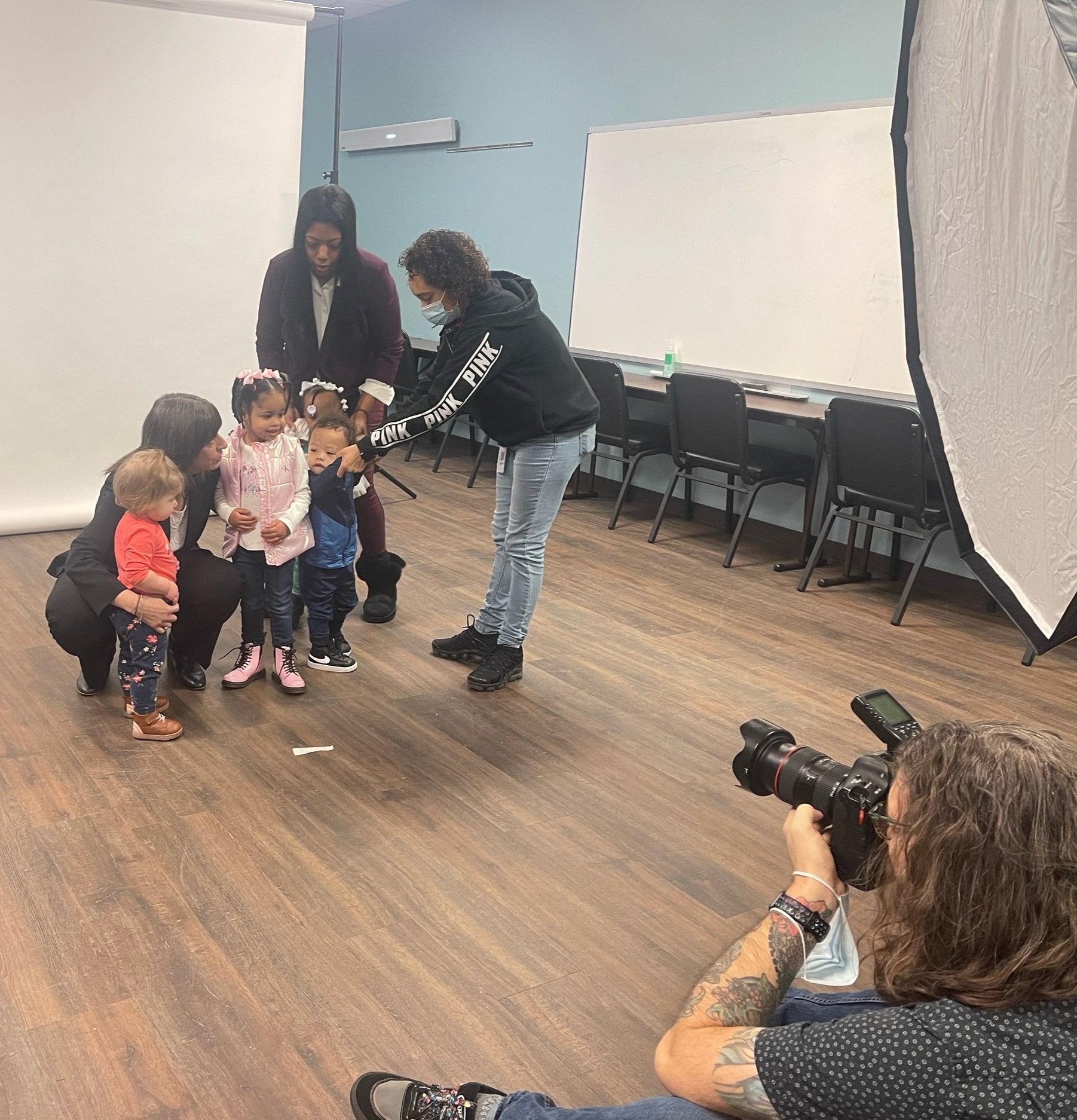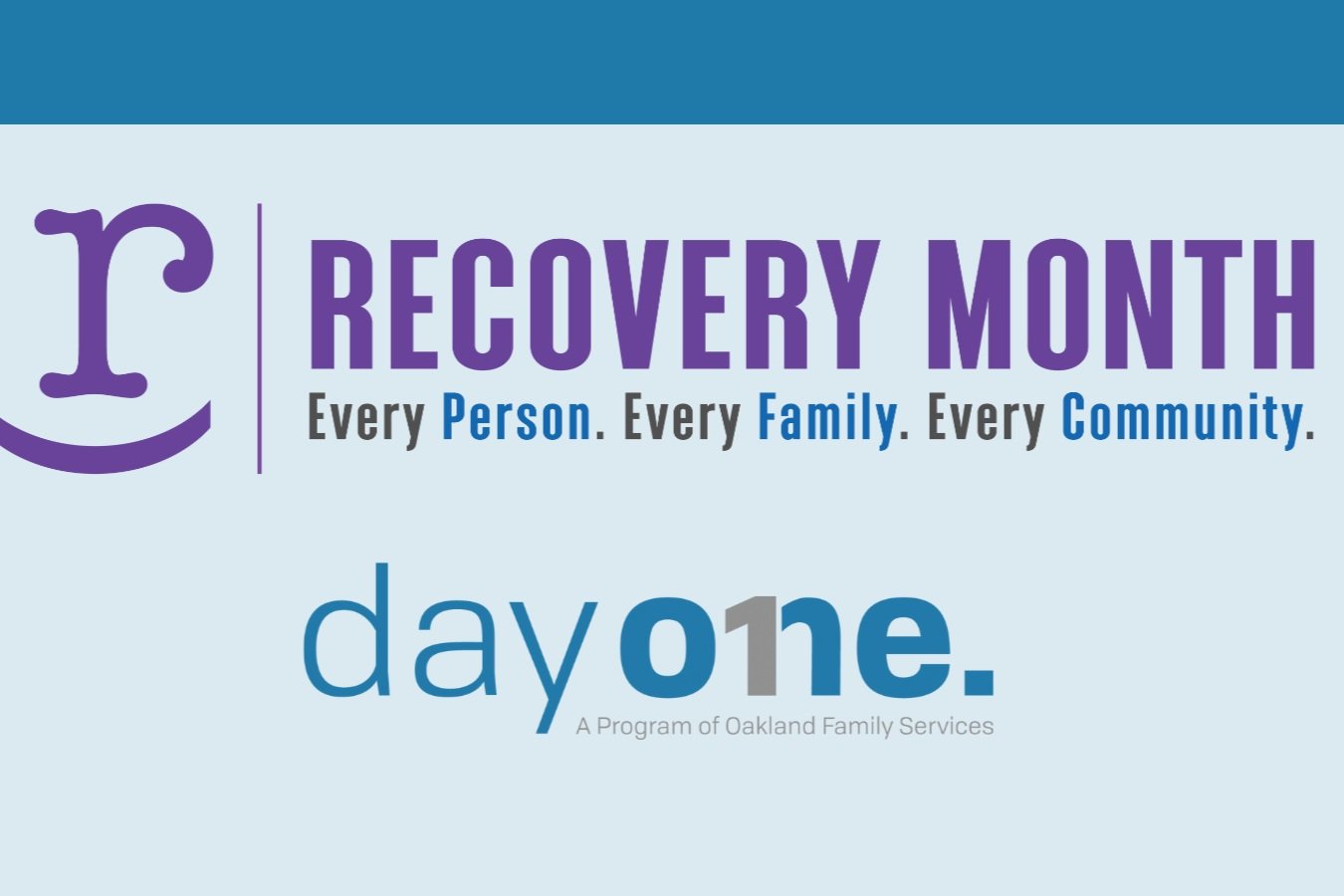Schools of thought: Learn the differences and similarities between popular early childhood education principles
Through our years of school, many people come to understand what type of learner we are. Some of us may learn best by seeing or reading to understand, while others may need verbal directions. Some learn best in groups, while others learn best independently. Just like there are different types of learning, there are also different types of teaching.
Early education programs use specific education philosophies and curriculums to teach toddlers and young children, such as HighScope, Montessori, Reggio Emilia and Waldorf. You may see these names while shopping around for preschool or child care. Keep reading to learn the similarities and differences between these popular teaching principles — and why Oakland Family Services follows the HighScope curriculum in our Children’s Learning Centers.
The Montessori Method: Practical Work
The Montessori Method was created by Maria Montessori, an Italian educator in the early 1900s. In this philosophy, teachers guide, facilitate and foster education through hands-on activities in mixed-aged class groupings. However, there are four planes of development and learning: from 0-6 years, 6-12 years, 12-18 years and 18-24 years. Montessori classrooms focus on free activity time in prepared environments. For example, a Montessori student could spend the morning choosing to work in his or her kitchen with real utensils, dishes, cleaning supplies and a functional sink to understand how to organize and clean.
Reggio Emilia: 100 Languages
The Reggio Emilia approach was formed in the villages around Reggio Emilia, Italy, after World War II with the guidance of Loris Malaguzzi, an educational psychologist. Children lead their education, and hands-on play has a big role in the learning process. These ideas are tied into the “100 languages” concept, which refers to the many ways a child can learn and demonstrate knowledge. For instance, if a Reggio Emilia student enjoys playing with clay, that might be the ideal way for him or her to explore and show different shapes.
Waldorf: Serving the World
Waldorf education was established by Rudolf Steiner and Emil Molt in 1919 in Stuttgart, Germany. The main goal of the Waldorf philosophy is to uncover and grow every child’s unique potential in a way that serves to further humanity. Waldorf classrooms are filled with all-natural materials, and children are encouraged to create their own toys and learning materials that incorporate art, music, make-believe, craftsmanship and social skills. For example, a Waldorf student may fashion a drum out of classroom materials and make up a song.
HighScope: The Modern Way
What makes the HighScope curriculum unique is that it is one of the first early childhood programs in the U.S. designed to increase school success for preschool children at risk of educational failure because of factors like poverty.
In 1962, the Perry Preschool Project began in Ypsilanti, Mich., under the guidance of psychologist David Weikart and Perry Elementary School principal Charles Eugene Beatty. In the Perry Preschool Project, 123 preschool children who were at risk of school failure were split into two groups. One group attended a high-quality preschool program based on the HighScope curriculum, and the second group received no preschool education. The longitudinal study followed the children through adulthood to identify the lasting human and financial value of investing in quality preschool programs.
The study found that at age 40, students who had experienced the HighScope preschool program:
Had fewer teenage pregnancies.
Were more likely to have graduated from high school.
Were more likely to hold a job and have higher earnings.
Had committed fewer crimes.
Were more likely to own their own home and car.
The HighScope Education Research Foundation was established in 1970 to continue the work of the Perry Preschool Project (now called the Perry Preschool Study).
Confidence
The HighScope philosophy focuses on children's creativity, confidence and independence. Through this, children can grow to be confident problem-solvers and decision-makers in school and in life. HighScope emphasizes strengthening executive function (planning and following through) and self-regulation skills (the “ability to stop, think, then act”).
Plan-Do-Review
One of the hallmarks of HighScope is the Plan-Do-Review process. During a typical day, HighScope students choose and plan their activities, engage in free-choice time, then reflect on how their plans were carried out or changed throughout the day.
This way of thinking helps preschoolers learn:
Approaches to learning
Social and emotional development
Physical development and health
Language, literacy and communication
Math
Creative arts
Science and technology
Social studies
Education in these eight areas is guided by 58 key developmental indicators (KDIs) that align with national and state early learning standards, Common Core State Standards and the Head Start Early Learning Outcomes Framework. The KDIs also take each child’s unique developmental pace into consideration.
At Oakland Family Services
When your child attends one of our Children’s Learning Centers in Pontiac or Walled Lake, he or she will have access to toys, games, play areas/stations, books and art supplies to engage and enrich him or her through play-based learning. Outside of the classroom, your child will explore our natural playgrounds, perfect for unstructured play that encourages them to grow their imagination, creativity and gross motor skills.
Oakland Family Services offers free 4-year-old preschool for qualifying families through the Great Start Readiness Program, as well as tuition-based programs for toddler care and 3- and 4-year-old preschool. All of these programs follow the HighScope curriculum to help each child develop emotionally, socially, physically and intellectually at his or her own pace in preparation for kindergarten and beyond.
Summer camp at Oakland Family Services’ Children’s Learning Center in Walled Lake.
A typical day at one of Oakland Family Services’
Children’s Learning Centers:
Morning
Eat breakfast
Review the message board
Plan the activities to be done during work time
Explore, play or experiment with the chosen activities
Small group activities that involve in-depth work on a specific skill/idea
Lunch
Rest
Afternoon
Large group activities that involve gross motor skills, playing an instrument/singing or playing games
Outdoor recess on the natural playground
Review the day’s activities
Readalong

































